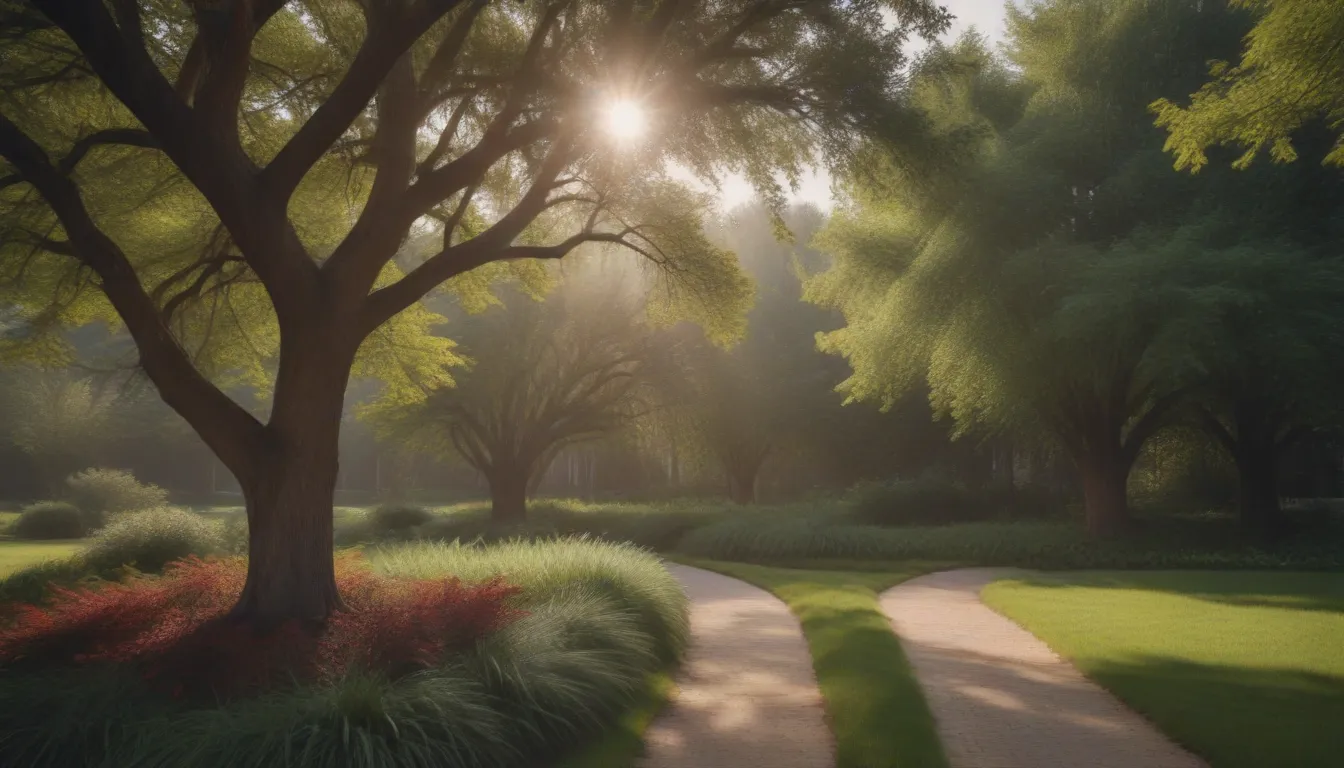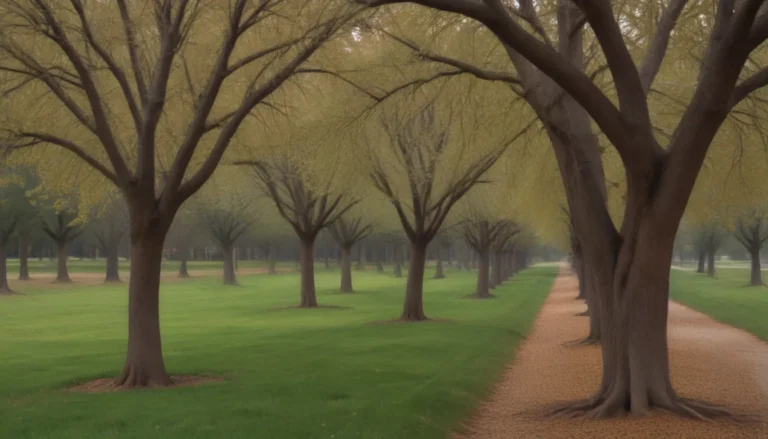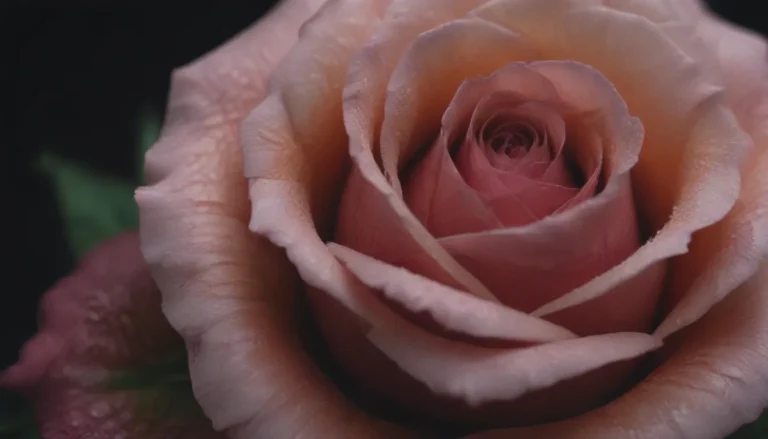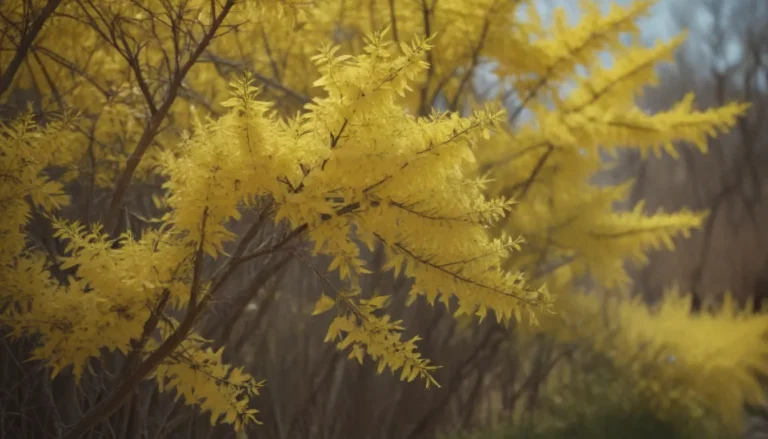Landscaping with Medium-Sized Trees: 18 Stunning Options to Beautify Your Yard

When it comes to landscaping, not everyone has the space for towering giants like mighty oaks or weeping beeches. If you’re working with a smaller yard or looking to add some variety to your garden, medium-sized trees are the perfect solution. These trees mature at under 40 feet tall, making them ideal for tight spaces while still providing the shade, color, and beauty you desire.
Whether you’re looking to attract pollinators, add a pop of color, or simply enhance the aesthetics of your property, there are plenty of medium-sized trees to choose from. In this article, we’ll explore 18 of the best medium-sized trees for landscaping, along with tips and advice on how to care for them.
Small Yard, Big Potential
If you have a small yard, don’t let limited space hold you back. With some thoughtful planning and the right plant selection, you can create a lush, beautiful garden that maximizes every inch of available space. Here are some tips for landscaping in a small yard:
- Focus on vertical space: Select plants with an upright growing habit to make the most of your limited ground space. Utilize hanging baskets and vertical planters to add greenery without taking up valuable square footage.
Now, let’s dive into our list of 18 best medium-sized trees for landscaping:
1. Red Buckeye (Aesculus Pavia)
The Red Buckeye is a slow-growing tree that puts on a dazzling spring show with vivid red flowers, attracting hummingbirds and butterflies. It matures to around 15 feet tall and requires afternoon shade in hot climates. Note: the seeds and leaves are toxic, so keep this tree away from children and pets.
- USDA Growing Zones:
- Color Varieties:
- Sun Exposure:
- Soil Needs:
2. Crabapple (Malus)
Even the smallest yards can accommodate a Crabapple tree, which stops growing at around 20 feet tall. It provides a month of spring flowers that attract pollinators and is followed by clusters of fruits loved by birds. Pruning can be done as needed in late winter.
- USDA Growing Zones:
- Color Varieties:
- Sun Exposure:
- Soil Needs:
3. Crepe Myrtle (Lagerstroemia)
Crepe Myrtles require a long, warm growing season but reward you with stunning flowers throughout the summer and showy fall foliage. Prune in late winter and remove lower branches to expose attractive bark. They reach heights of 25 to 30 feet.
- USDA Growing Zones:
- Color Varieties:
- Sun Exposure:
- Soil Needs:
4. Dogwood (Cornus)
Dogwood trees are fast growers that can handle partially shaded sites and bloom early in the spring. They grow to around 15 to 25 feet tall and require well-draining soil to thrive.
- USDA Growing Zones:
- Color Varieties:
- Sun Exposure:
- Soil Needs:
5. Golden Chain Tree (Laburnum X Watereri)
Golden Chain trees produce long clusters of brilliant yellow flowers in late spring and grow to about 25 feet tall. Plant in a sheltered location away from strong winds, as the branches are somewhat weak. Caution: the seed pods on this tree are poisonous.
- USDA Growing Zones:
- Color Varieties:
- Sun Exposure:
- Soil Needs:
6. Cockspur Hawthorn (Crataegus Crus-Galli)
The Cockspur Hawthorn offers beautiful white spring flowers, long-lasting red fruits, and glowing fall foliage. Be cautious of the thorns and wear protective clothing when pruning. This tree matures to 15 to 25 feet in height.
- USDA Growing Zones:
- Color Varieties:
- Sun Exposure:
- Soil Needs:
7. Japanese Maple (Acer Palmatum)
Japanese Maples are beloved for their delicate leaves and come in green and red-leaf varieties that turn vibrant shades in the fall. They reach heights of 15 to 25 feet and require minimal pruning.
- USDA Growing Zones:
- Color Varieties:
- Sun Exposure:
- Soil Needs:
8. Saucer Magnolia (Magnolia X Soulangeana)
Saucer Magnolias produce fragrant purple-and-white flowers in spring before the leaves unfurl. They require consistent soil moisture and reach heights of 20 to 25 feet.
- USDA Growing Zones:
- Color Varieties:
- Sun Exposure:
- Soil Needs:
9. Mimosa (Albizia Julibrissin)
Mimosa trees have a tropical appearance with tall fern-like leaves and fragrant, thread-like flowers. They can reach heights of 20 to 40 feet and are tolerant of heat and drought.
- USDA Growing Zones:
- Color Varieties:
- Sun Exposure:
- Soil Needs:
10. Pawpaw (Asimina Triloba)
Pawpaw trees produce tropical-looking fruits with a unique flavor and reach heights of 15 to 30 feet. Plant in a sunny spot for optimal fruit production.
- USDA Growing Zones:
- Color Varieties:
- Sun Exposure:
- Soil Needs:
11. Eastern Redbud (Cercis Canadensis)
Eastern Redbuds burst into hot pink flowers in the early spring and grow to around 20 to 30 feet tall. Good drainage is essential for their growth and survival.
- USDA Growing Zones:
- Color Varieties:
- Sun Exposure:
- Soil Needs:
12. Serviceberry (Amelanchier Arborea)
Serviceberry trees produce white spring flowers and tart fruits loved by birds. They come in varying sizes, with some reaching only 8 to 10 feet tall. Remove root suckers for a more shrub-like growth habit.
- USDA Growing Zones:
- Color Varieties:
- Sun Exposure:
- Soil Needs:
13. Dwarf Alberta Spruce (Picea Glauca ‘Conica’)
The Dwarf Alberta Spruce grows slowly and stays compact, reaching heights of 10 to 13 feet. Plant away from roads, as they are sensitive to pollutants and salt spray.
- USDA Growing Zones:
- Color Varieties:
- Sun Exposure:
- Soil Needs:
14. Japanese Stewartia (Stewartia Pseudocamellia)
The Japanese Stewartia tree produces showy white flowers in midsummer and features attractive peeling bark. Prune only for shaping or to remove damaged portions.
- USDA Growing Zones:
- Color Varieties:
- Sun Exposure:
- Soil Needs:
15. Chaste Tree (Vitex Agnus-Castus)
The Chaste Tree is a deciduous shrub with long clusters of flowers loved by butterflies. It blooms later in the season and can be kept at a manageable size with regular pruning.
- USDA Growing Zones:
- Color Varieties:
- Sun Exposure:
- Soil Needs:
16. Weeping Cherry (Prunus Pendula)
Weeping Cherry trees have cascading branches covered in spring blooms and can be found in dwarf varieties reaching only 8 to 10 feet tall. Pruning can help prevent insect and fungal problems.
- USDA Growing Zones:
- Color Varieties:
- Sun Exposure:
- Soil Needs:
17. Witch Hazel (Hamamelis Virginiana)
Witch Hazels feature shaggy, aromatic blossoms in rich shades of yellow, orange, and red. They are low-maintenance shrubs that require minimal pruning.
- USDA Growing Zones:
- Color Varieties:
- Sun Exposure:
- Soil Needs:
18. Paper Birch (Betula Papyrifera)
Paper Birch trees have attractive bark and golden fall color. They reach 60 feet tall but have a narrow base, making them suitable for small yards with dappled sunlight.
- USDA Growing Zones:
- Color Varieties:
- Sun Exposure:
- Soil Needs:
In conclusion, these 18 medium-sized trees offer a range of colors, shapes, and textures to enhance your landscape. Whether you’re looking for vibrant spring blooms, stunning fall foliage, or tropical fruits, there’s a tree on this list to suit your needs. Remember to consider your growing zone, sun exposure, and soil requirements when selecting and caring for your trees. With proper maintenance and care, these medium-sized trees will transform your yard into a beautiful and inviting outdoor space.





